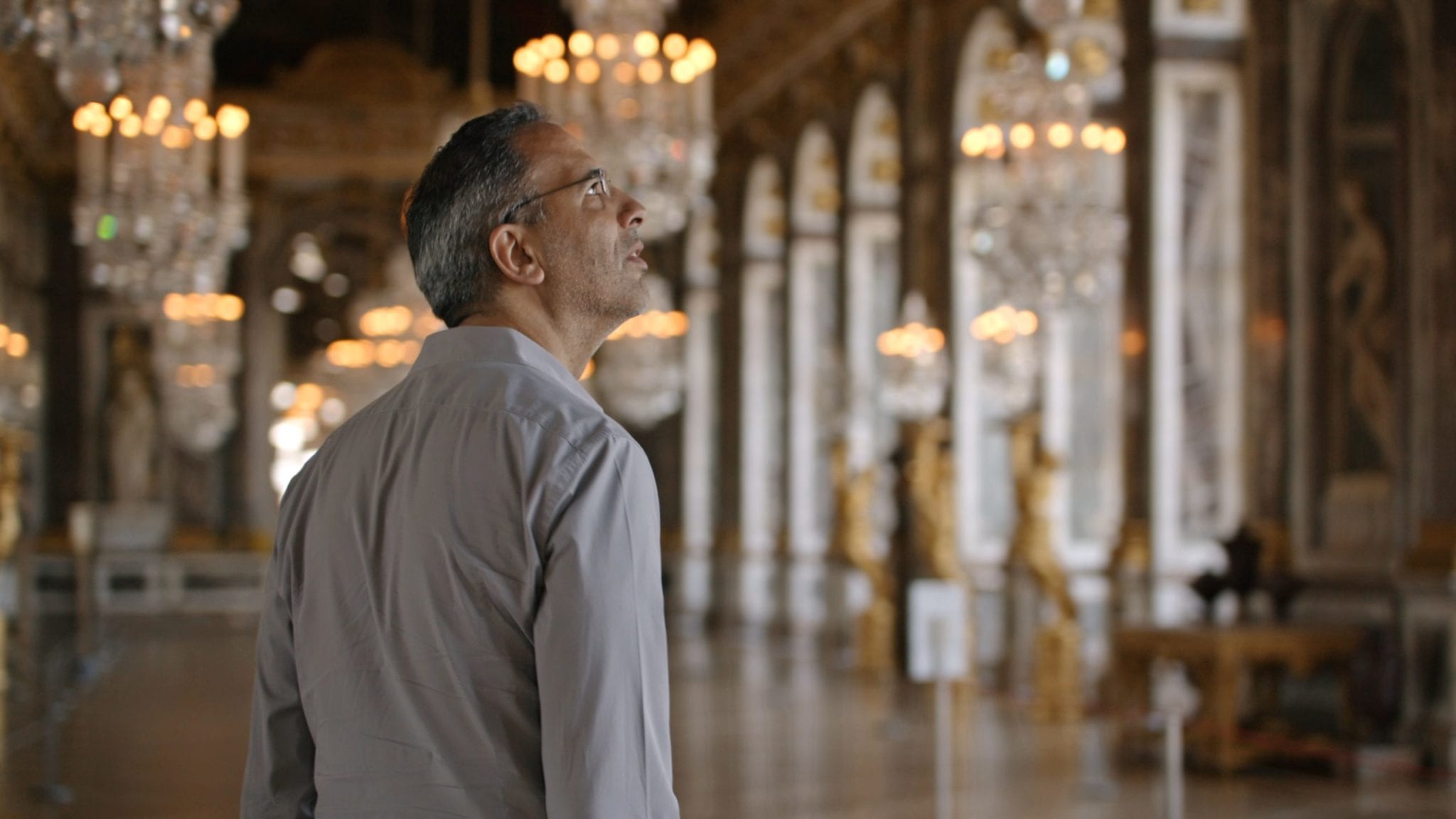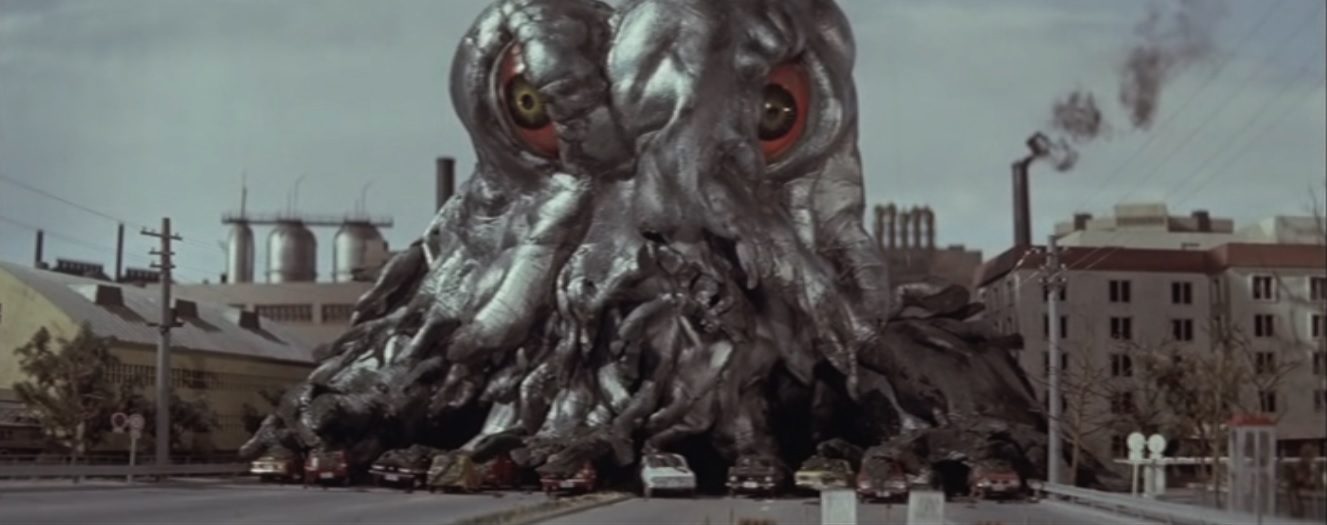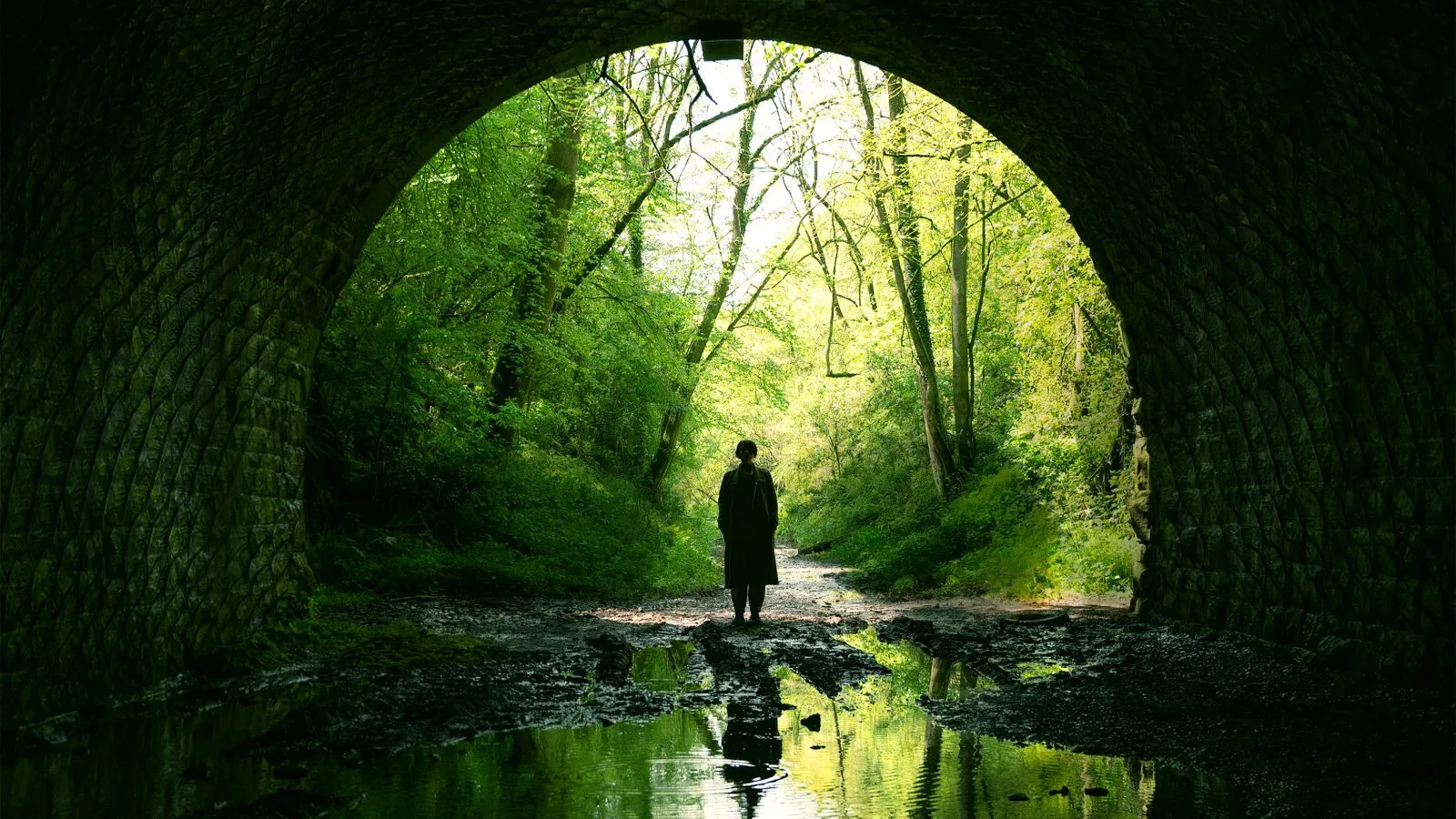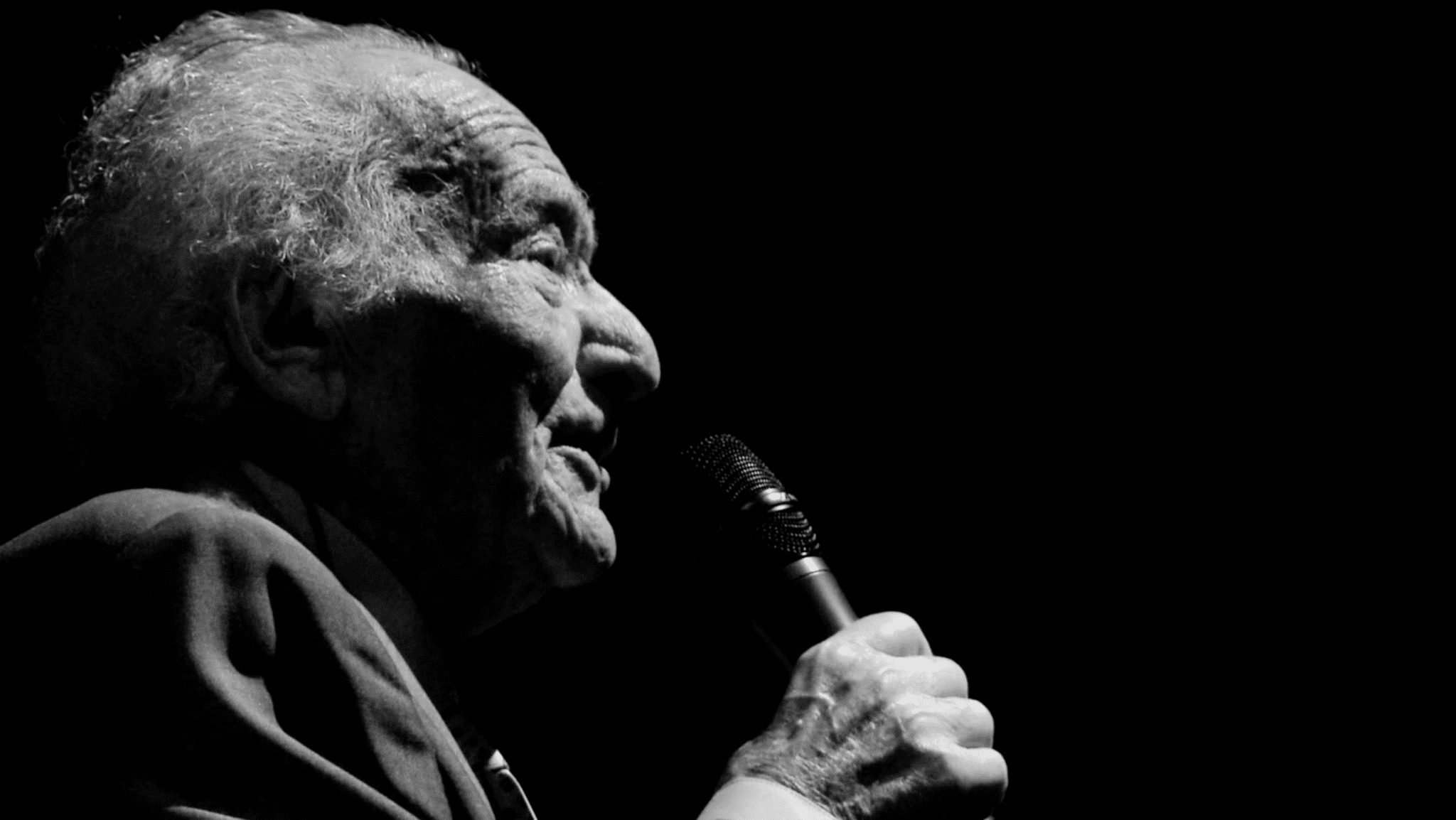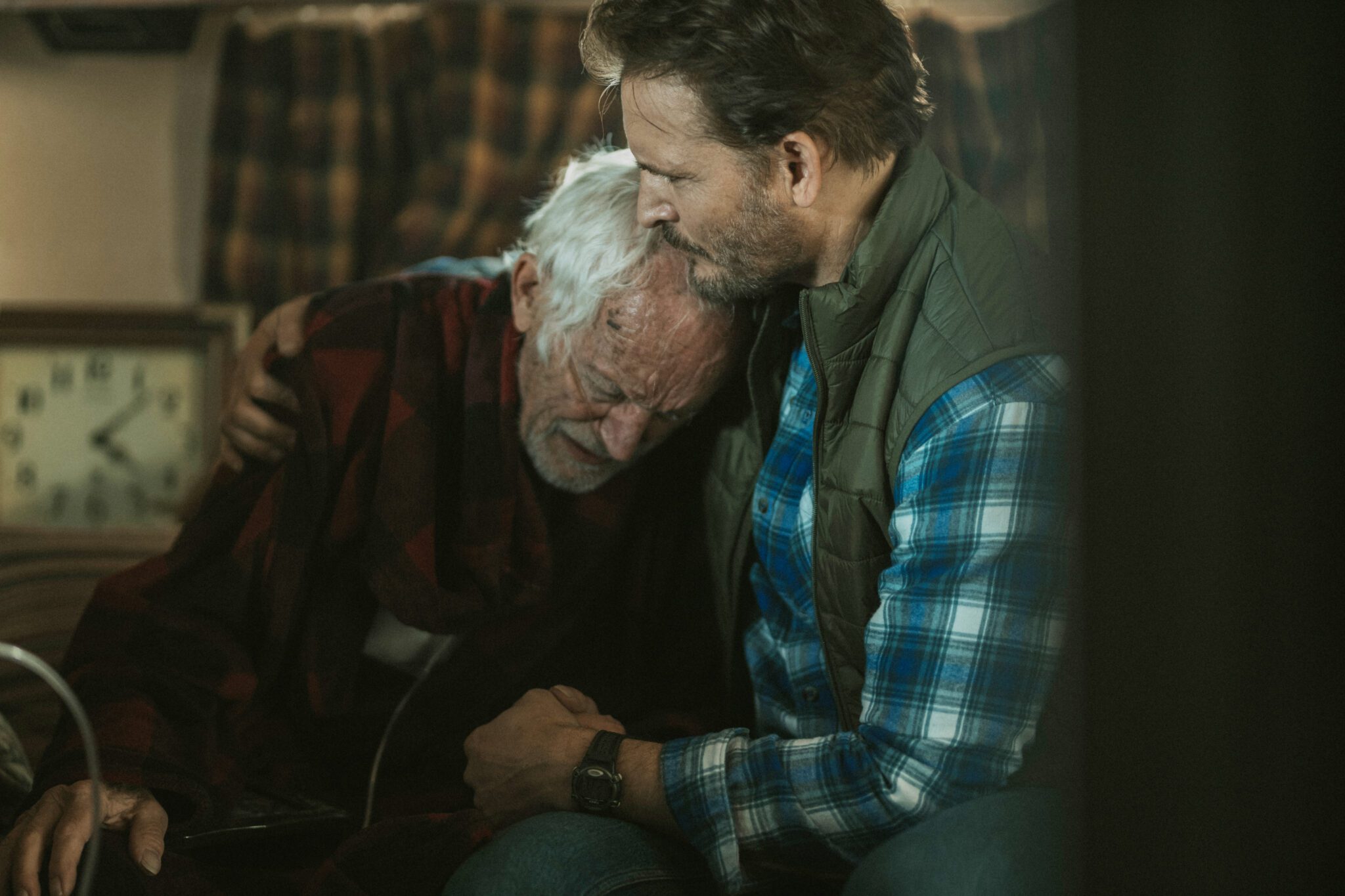The Royal Palace at Versailles was perhaps the most magnificent place on earth in the 17th and 18th centuries. To this day it is still amazing to walk through the halls and gardens. Can the splendor of Versailles be translated to modern minds through the medium of desserts? Ottolenghi and the Cakes of Versailles takes us to a gala at the Metropolitan Museum of Art in New York for an exhibition focused on Versailles.
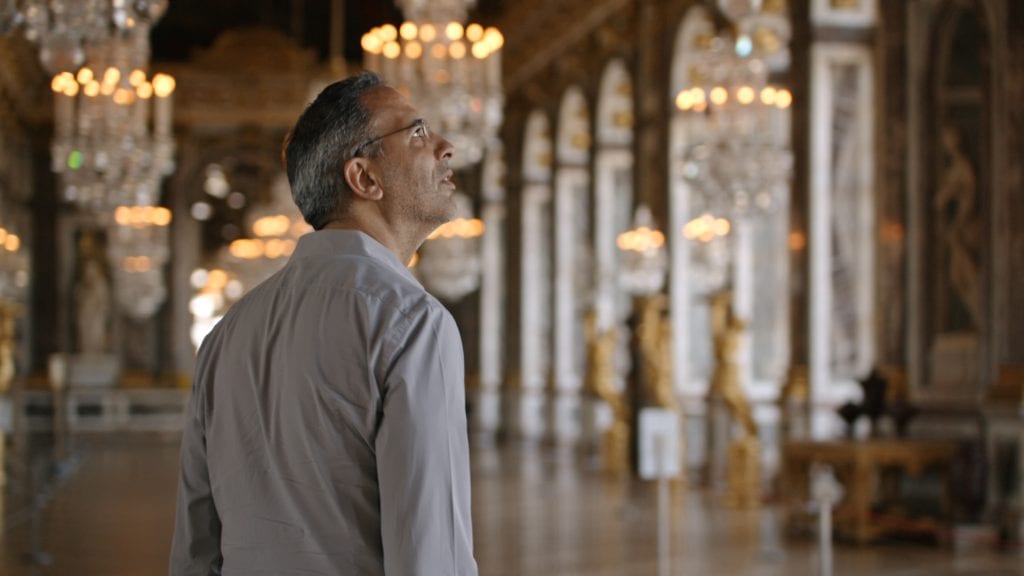
The Met connected with London-based Israeli chef Yotam Ottolenghi to find a way of conveying the experience of Versailles with food. He enlisted five avant garde pastry chefs from around the world to each make a dessert that would be served at the gala. Those creations are themselves works of art.
Food was a key part of the splendor of Versailles. Elaborate and ostentatious meals were part of the way the French court proclaimed its power and wealth. Because Versailles was an open palace, many people came to see the kings and queens in their daily lives. That often included watching them eat. Foreign dignitaries came to Versailles to be received by the kings. Much of the opulence was designed to impress both the French people and the foreign visitors. So it seems fitting that amazing desserts should be a part of the Met?s exhibition.
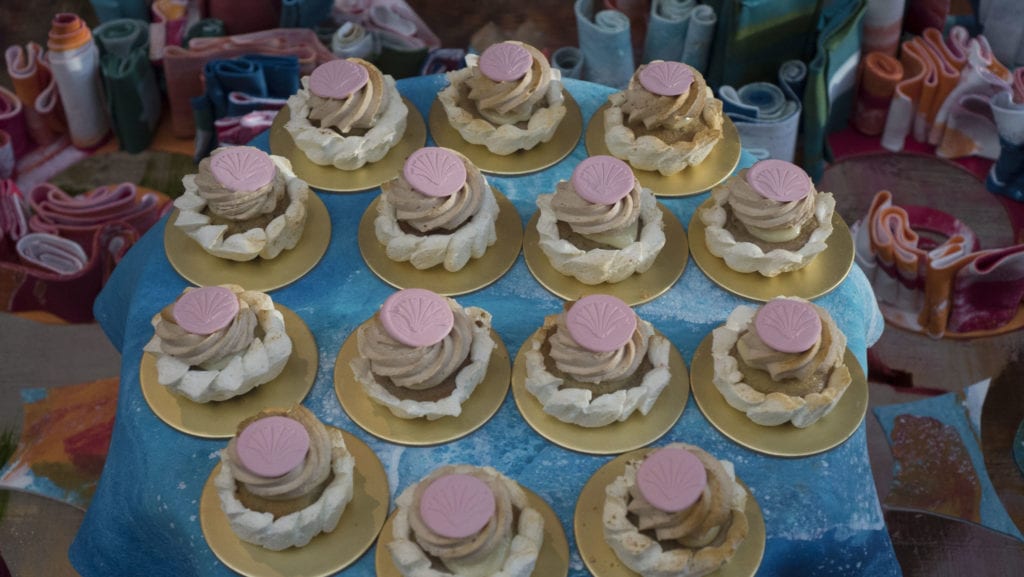
The choice of having the cakes at this gala is an interesting reference to the mythology of Versailles. It is reported that when told that people were rioting because there was no bread, Queen Marie Antoinette replied, ?Let them eat cake.? It probably never really happened, but why let facts stand in the way of a good story?
The film gives us a glimpse (as in any good cooking show) of the trials of making these desserts. It doesn?t have the competition aspect of such shows, but we stand amazed at the vision of these chefs as they create desserts that are far beyond the ordinary.
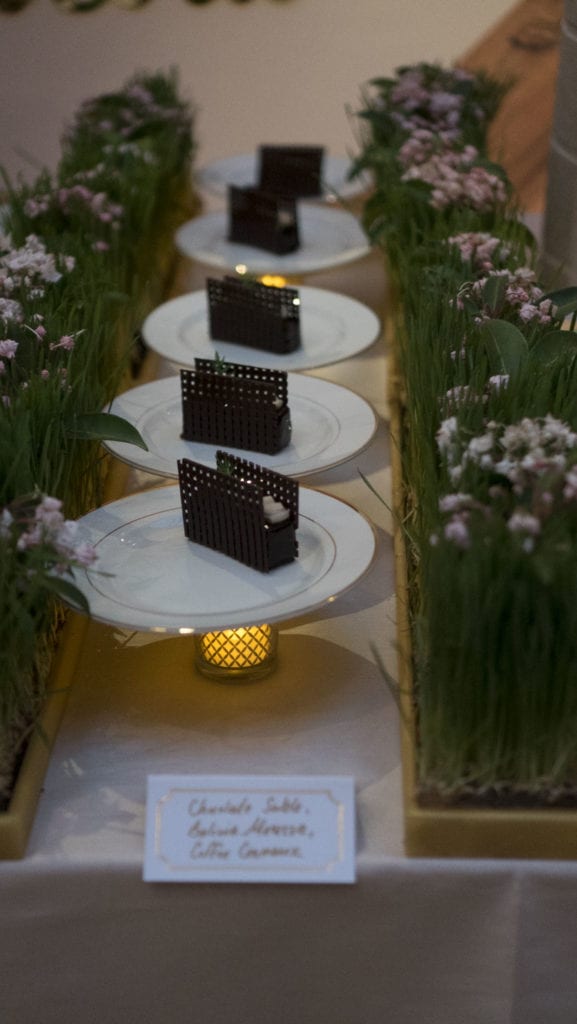
It is also interesting that this event is a gala event that draws the rich and famous. These are not cakes that are available to most of us. As at the open court at Versailles, we get to get a glimpse of that lifestyle, but we know that ultimately we are not a part of it. During the last ten minutes of the film Ottolenghi reflects on how the have-nots of the old world and the modern world are never included in the opulence of the world of the wealthy. This reflection is set up throughout the film as we look at the decadence of the court as well as the extravagance of the gala and the desserts that are served there. It serves to point out that there continues to be gross inequalities in our society. It is a reminder, as a French writer said, ?plus ?a change, plus c’est la m?me chose? (The more things change, the more they stay the same).
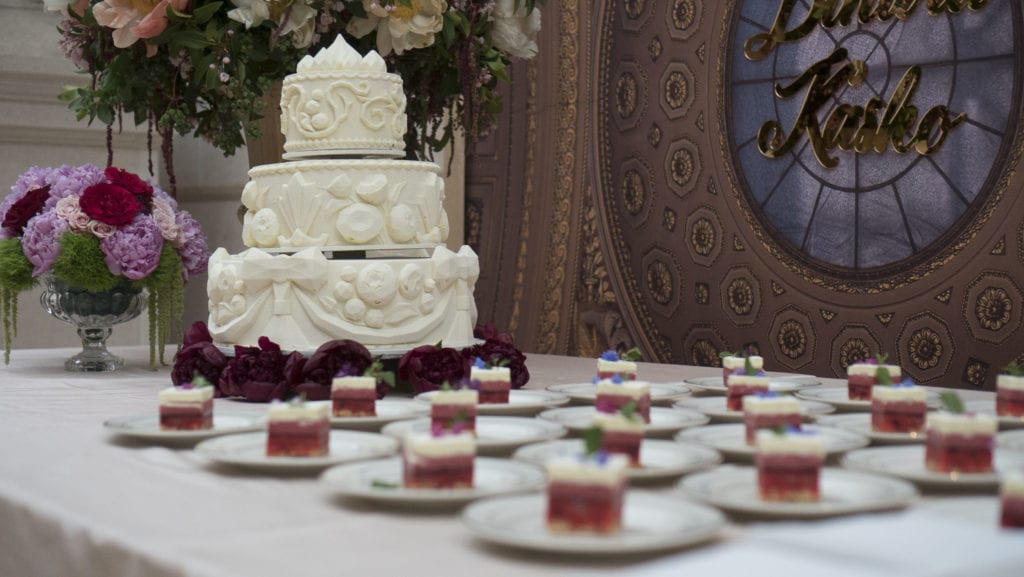
Ottolenghi and the Cakes of Versailles premiered at the Tribeca Film Festival.

